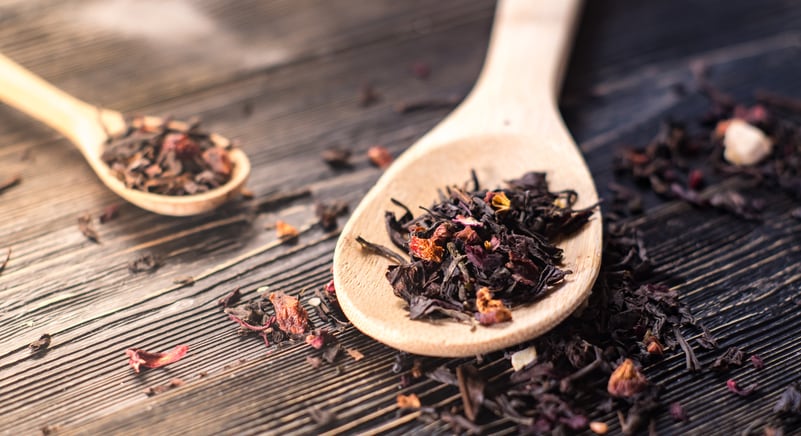World tea consumption increased annually by 4.5% to 5.5 million tons over the decade to 2016, with expansion underpinned by rapid growth in per capita income levels in developing and emerging economies.
Tea consumption has grown rapidly in China, India and other emerging economies: not only thanks to its traditional importance in these countries, but also from a new wave of consumers with higher incomes that are turning to tea as a fashionable product.
“Tea is benefiting from a new clientele,” says a report from the FAO’s Intergovernmental Group on tea. “Young urban consumers in large producing countries like China and India have emerged as the fastest growing segment, eager not only to pay a premium for specialty teas but also curious to know more about the product they consume - its quality, origin and contribution to sustainable development.
“Young, upper-middle class consumers are looking for fashionable products to be integrated into their lifestyles, which now also includes gourmet quality tea, and consuming them in the sophisticated environments of specialty teashops and exclusive restaurants, hotels and cafés.”
All the tea in China
China has seen ‘unprecedented growth in domestic demand’ for tea, underpinned by the country’s economy, which grew at an average annual rate of 10% over the last 30 years.
Tea consumption has 'expanded spectacularly' at an annual rate of 10.1% over the decade, reaching 2.1 million tonnes in 2016. It accounts for 38.6% of world tea consumption.
The massive expansion is also a result of increased consumer health consciousness and the rapid development of herbal tea beverages in the country characterized by a longstanding tradition of drinking tea.
In response, production has more than doubled from 1.17 million tonnes in 2007 to 2.44 million tonnes in 2016.
With China accounting for around 42.6% of world tea production, this has also driving up global tea output. World tea production (black, green, instant and other) increased by 4.4% annually over the last decade to reach 5.73 million tonnes in 2016.
Growth in demand has also 'expanded significantly' in most tea producing countries in Asia, Africa and Latin America. China is the largest consumer of tea (accounting for 38.6% of world tea consumption) and India is the second largest consumer (19%).
‘Health has a great influence on tea consumption’
The FAO's tea group recommends that tea draws on its place in a healthy diet as a major selling point across all markets, saying that tea consumption has already benefited from ‘increased awareness about the beverage’s anti-inflammatory, antioxidant and weight loss effects’.
“Health has a great influence on tea consumption as people increase their awareness related health impacts of carbonated drinks,” it says. “Tea is being a major beneficiary as sales of regular and diet soda, milk and fruit beverages decline. This trend has led us to recommend strengthening consumer awareness of the health benefits of tea consumption through an international generic promotion programme.
“Such health and wellbeing benefits are seen as the key drivers of future consumption growth.”
Europe can follow US tea revival
In traditional European tea importing countries there has been a decline in consumption (with the exception of Germany). Here, promoting health benefits will be particularly important, as will diversifying into new products.
“Overall, the European tea market is largely saturated. Per capita consumption has been declining for more than a decade, facing competition from other beverages, particularly bottled water.
“Over the next decade, Western countries in general are expected to see lower consumption growth. In the UK, for instance, tea consumption is projected to decrease as black tea struggles to maintain consumers' interest amid increased competition from other beverages, including coffee.”
But the FAO's tea group believes tea companies can stall or even reverse these trends by diversifying into other segments, such as organic and specialty teas, and promoting health and wellbeing benefits.
The success of this strategy is already being seen in new growth in the US, according to its report. While the bulk of tea consumed there is iced tea, hot tea has been growing in popularity.

“The demand for tea has accelerated due to the ongoing retail revolution and the growing investment into tea education bringing new clientele to know more about tea, where it is sourced, the benefits of drinking tea, and how to properly brew it.
"Due to this, loose leaf tea has seen a new relevance in the US. Promoting tea culture based market development and immersion in the cultural identity of societies across the world should be one of the strategies to sustain and expand consumption.”
Pictures: Getty/shaith and Getty/du84
